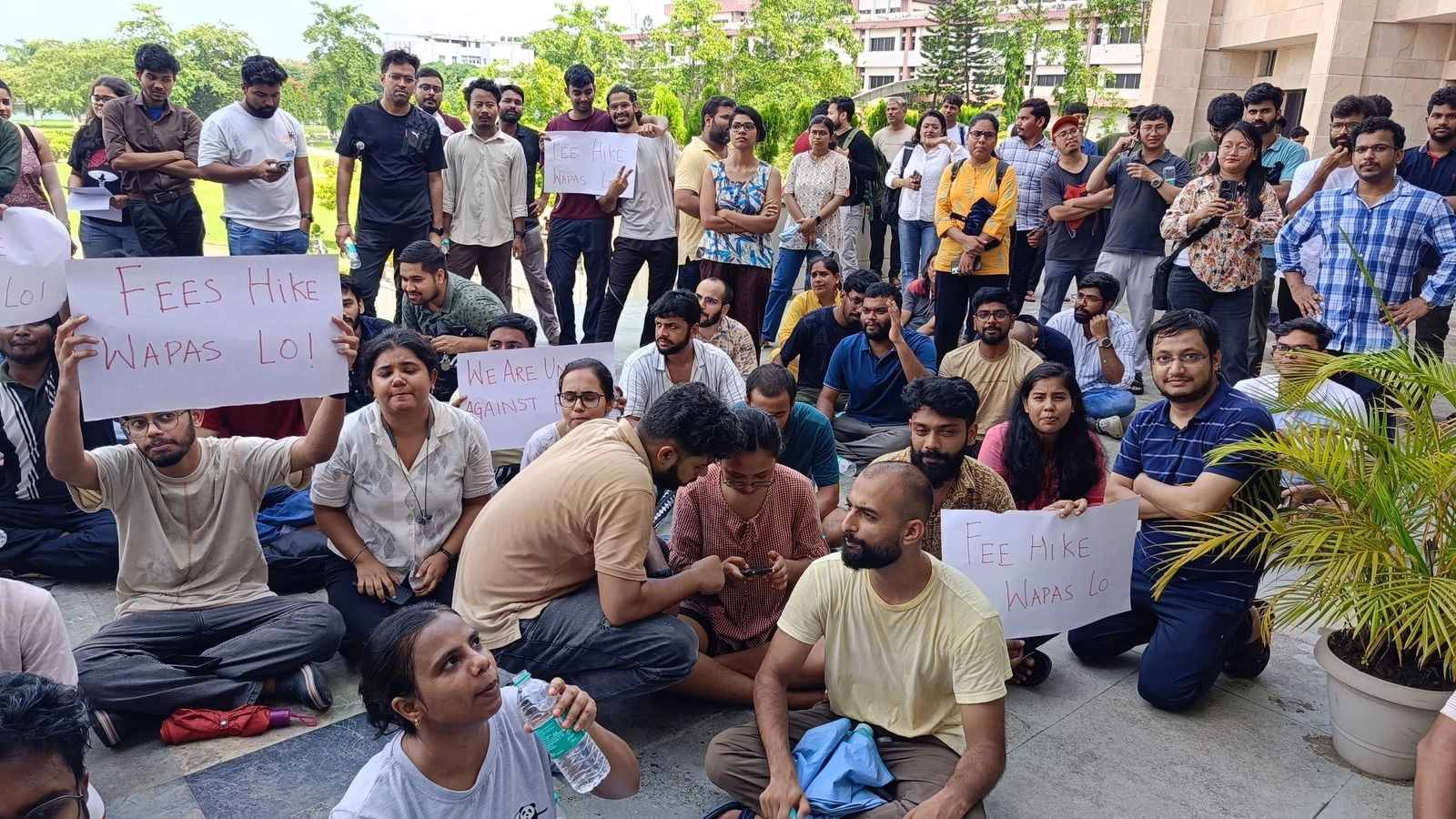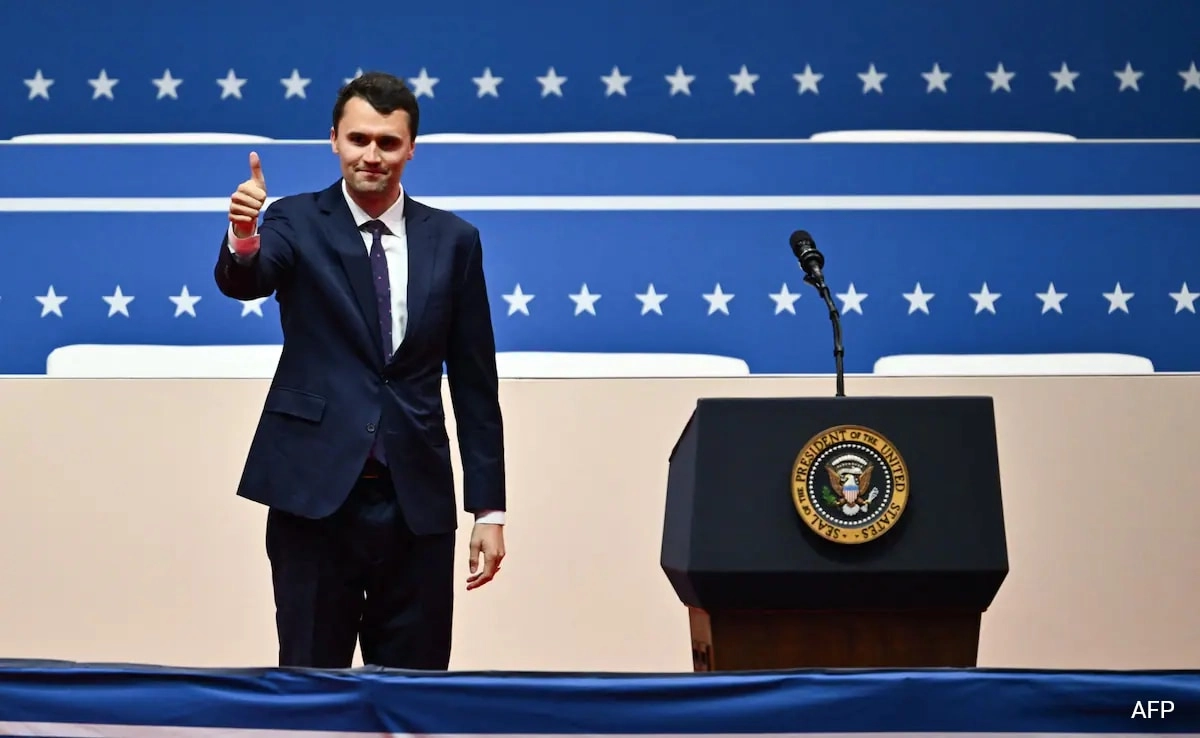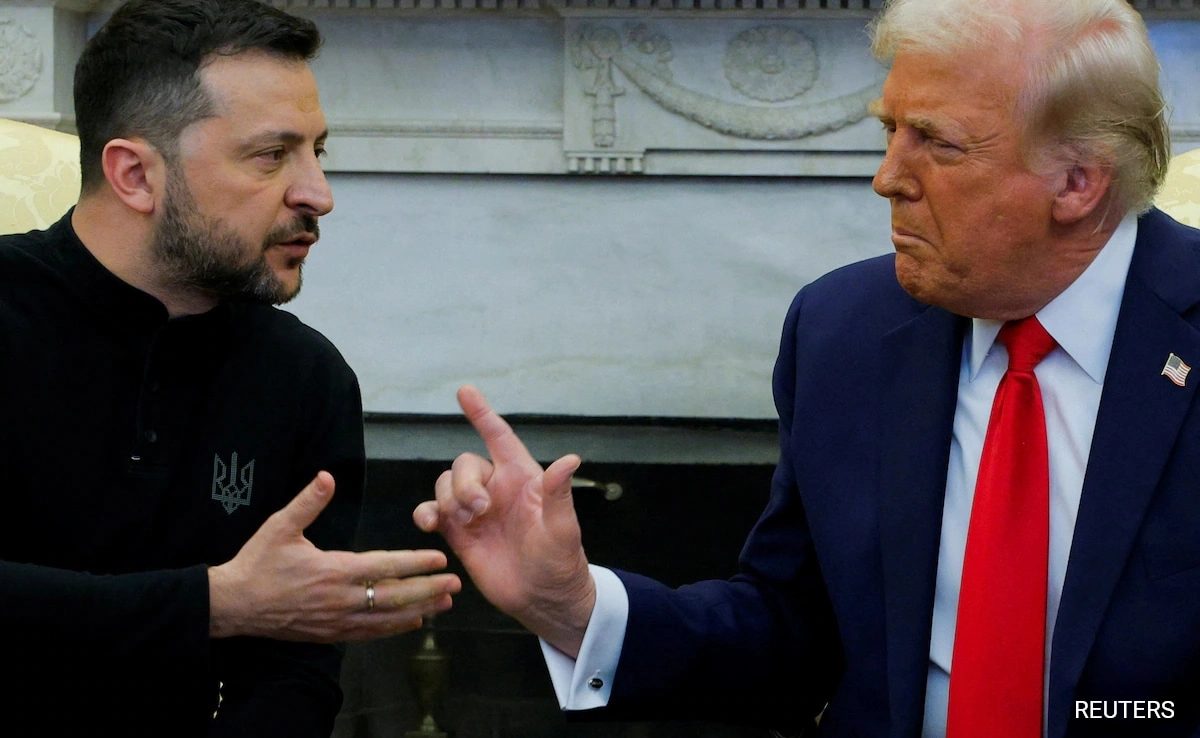Recently, IIT Guwahati became the center of significant unrest as students launched massive protests in response to an “exceptionally high” fee hike announced by the institution. The increase, which has been described as unprecedented, has sparked widespread outrage among the student body. Many students feel that the steep rise in fees is not only burdensome but also threatens the accessibility of higher education for those from economically disadvantaged backgrounds. The protests saw students gathering in large numbers, chanting slogans and demanding that the administration reconsider its decision.
The fee hike has raised concerns over the financial viability for many families, prompting students to voice their grievances through demonstrations and other forms of activism. They argue that education should be a right, not a privilege reserved for those who can afford it. Students have expressed their fears that such exorbitant fees will deter potential candidates from pursuing their dreams at one of India’s premier institutions, thereby undermining the ethos of inclusivity and meritocracy that IITs are known for. The protests have garnered significant media attention, drawing support not only from fellow students but also from alumni and various student organizations across the country.
In response to the growing unrest, the administration has been urged to engage in dialogue with the student representatives to address their concerns. However, the initial reactions have been met with skepticism, as students demand transparency regarding the rationale behind the fee increase and seek assurances that such hikes will not be a recurring issue in the future. As the protests continue, the situation at IIT Guwahati serves as a microcosm of a larger debate in India regarding the affordability of education and the responsibilities of institutions to their students. The outcome of these protests could have lasting implications, not just for IIT Guwahati, but also for other academic institutions grappling with similar challenges.




